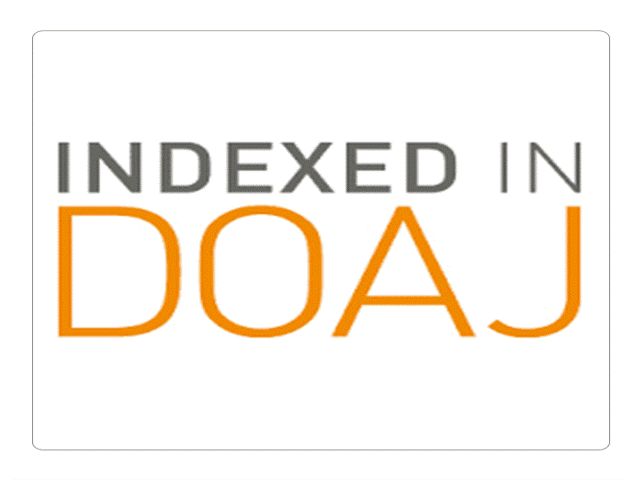Comparative Study Among Direct Design Method, Equivalent Frame Method and Finite Element Method for Analysis of Slabs
DOI:
https://doi.org/10.25271/2018.6.2.432Keywords:
Direct Design Method, Equivalent Frame Method, Finite Element MethodAbstract
Beam-column frame system and flat plate slab system are analysed by semi-empirical, Direct Design method (DDM) and approximate elastic method, Equivalent Frame method (FEM) and the results of both methods are compared with computer software based on Finite Element method (FEM), taking into account the effect of changing the beam and column stiffness and the panel length ratio, for 3, 4, and 5 equal span frames and three non-equal spans. The moment coefficients with respect to the maximum clear span moment are determined by the three methods for negative end moments at the face of support and mid span positive moment. These coefficients are constant in DDM, while in EFM are changed with changing the column and beam sizes. The results of EFM is more accurate than DDM, on the bases of results of EFM, new moment coefficients are suggested to use instead of DDM moment coefficients. In case of EFM calculation aren’t satisfactory for hand calculations the FEM is used by applying available computer software.
Downloads
References
ACI Code (2014). Building Code Requirements for Structural Concrete and Commentary, ACI 318-2014, American Concrete Institute, Forming Hills, MI 48331, USA, 520pp.
Darwin D., Dolon C. W. and Nilson A. H. (2016). Design of Concrete Structures, McoGrow Hill Education (India) Private Limited, Chennai, 15th edition, 780pp.
Patel J. J.and Dubey N. (2016). Comparison of Analysis Methods of Flat Slab, International Journal or Innovative Research in Science & Technology (IJIRST), No.2, Issue 12, May, pp. 459-463.
Patel S. S. and Sigi R. (2014). Analysis and Design of Flat Plat Slabs Using Various Codes, International Journal of Research in Science & Technology (IJReT), Vo.3, Issue 4, April, pp. 417-421.
Hassan M. I. and Ahmed A. (2016). Design Comparison of Flat Plat System by Direct Design Method and Equivalent Frame Method, https://www.researchgat.net/publication/281837415, 17 January.
Kudama L. (2015). Comparison of Equivalent Frame Analysis Results With Finite Element Analysis Results for Flat Plate Slab System, MSc thesis, Addis Ababa University, Addis Ababa Institute of Technology School of Civil and Environmental Engineering.
Downloads
Published
How to Cite
Issue
Section
License
Copyright (c) 2018 Mereen H. Fahmi Rasheed, Bahman O. Taha

This work is licensed under a Creative Commons Attribution 4.0 International License.
Authors who publish with this journal agree to the following terms:
- Authors retain copyright and grant the journal right of first publication with the work simultaneously licensed under a Creative Commons Attribution License [CC BY-NC-SA 4.0] that allows others to share the work with an acknowledgment of the work's authorship and initial publication in this journal.
- Authors are able to enter into separate, additional contractual arrangements for the non-exclusive distribution of the journal's published version of the work, with an acknowledgment of its initial publication in this journal.
- Authors are permitted and encouraged to post their work online.








